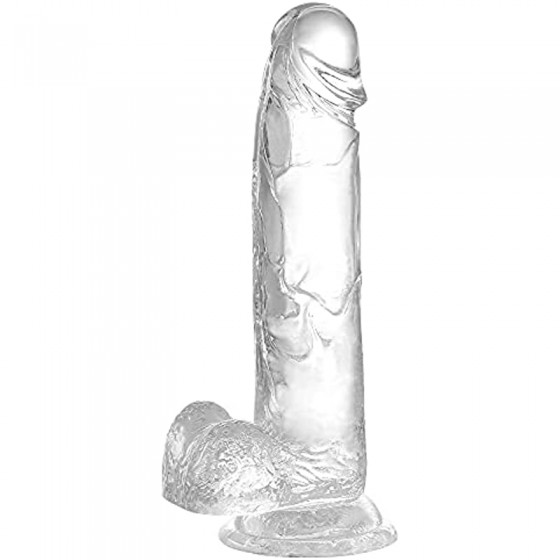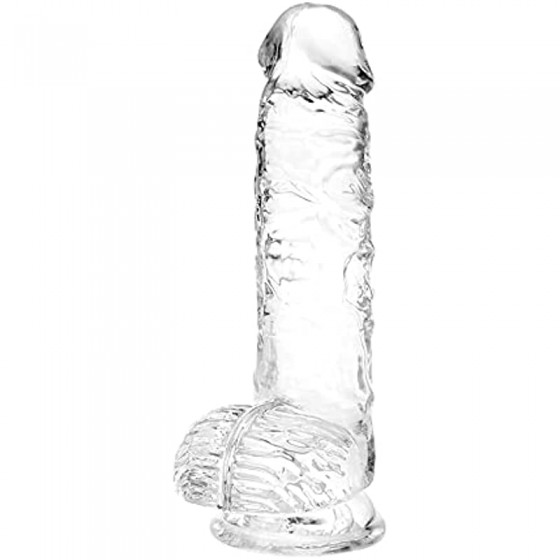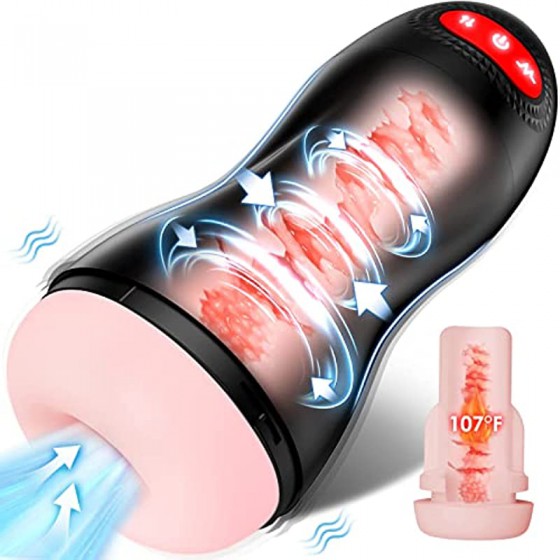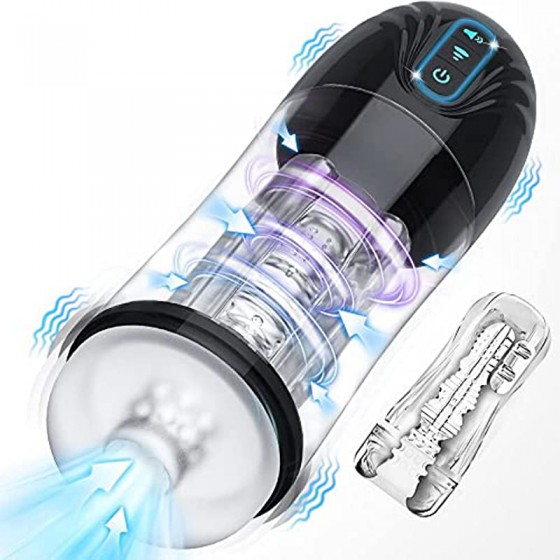Teach women to understand your own secretions
In order to distinguish abnormal discharge from normal discharge, you should know that normal discharge will appear as the menstrual cycle changes. If not, the vagina will be as dry and wrinkled as parchment. Just like your mouth needs saliva, your vagina needs lubrication.
Take a closer look at how your secretions change?
The cycle starts from the first day of menarche. In the first few days, it is difficult to distinguish between normal secretions and normal secretions. Menstrual blood is distinguished. After menstruation, I feel very dry, which means I don’t feel any discharge and there are no traces on my underwear. In fact, although nothing was found, the vagina still regulates vaginal moisture by itself through the desquamation of the inner wall and the exudation of secretions. At this time, the cervix has no mucus and is acidic, so sperm cannot survive here.
A few days later, it was close to the ovulation period. The cervix begins to secrete mucus and flows into the uterus to lubricate the inner wall of the uterus and create a good environment for sperm. At this time, the secretion increases and flows out of the vagina, and traces can be seen on the underwear. The panties were soaked, and the labia majora were very wet. If you want to observe the secretions, wipe the vagina with toilet paper and you will find that the secretions are white, light yellow, sticky, thin and shiny, and sometimes seem to be light cream in color, and the amount is not large.
As the ovulation period approaches, the secretion also increases and becomes clear and sticky. Take a little and observe it. You will find that it is as thick and elastic as lubricant.
Immediately after ovulation, the mucus changes again, feels dry again, or the secretions solidify. The mucous membrane covers the cervix and there is almost no discharge. This situation lasts until menstruation begins and everything starts again.
If there is no itching or swelling, and the vaginal discharge has no odor, it can be considered normal. Generally speaking, the amount and shape of the discharge will vary from person to person. There may also be heavy flow, the cervix secretes a lot of mucus, and the exfoliated stratum corneum discharges a large amount, sometimes as clear as water.
Q: I will have some blood streaks in my leucorrhea around the time of ovulation (there are blood streaks in the goose-yellow leucorrhea). I had an internal consultation at that time. The doctor said that ovulation bleeding is normal. I don’t get it every time. So... is there an infection problem??
Q: I seem to have a lot of secretions... sometimes the entire pad or panties are covered with secretions. It has no smell and is not itchy... is this not a problem for ordinary people?
For ordinary people When judging leucorrhea, the color left on the bottom of the pants is used as an indicator, but sometimes it is colored by urine and looks close to yellow. Sometimes it is because there is more and thick secretion during the ovulation period, but sometimes it is indeed caused by some infections. How do you know if your color and amount are normal?
In fact, a woman’s vagina is usually kept in a moist state, and there will be a small amount of transparent, almost white, odorless secretion. The mucus secreted from the vaginal opening is called "leucorrhea".
Normal leucorrhea will also change with the menstrual cycle. The following conditions will naturally cause more leucorrhea:
The secretion will increase one or two days before ovulation. On the day of ovulation, there will be a thicker, mucus-like secretion. If you use your hands to pull it open until it is 10-15 cm elastic, it means that it is the ovulation day (you can also use this to determine the ovulation day).
It may be a few days before menstruation, or on the day when there will be more secretion and a darker color.
Pregnant women may also have more leucorrhea.
In addition, when the leucorrhea increases, you can observe its color, smell, and whether it causes vaginal itching, etc. You can also make a simple observation on the normal non-ovulatory period and non-premenstrual period. Self-examination:
The color is clean, mucus-like, small or medium amount, no special odor, and not itchy. This is a normal phenomenon and there is no need to worry. It may be due to a stressful life, high pressure, or It's close to ovulation.
Milk-like color, thick, medium to large amount, not itchy, may be suspected of vaginitis or cervicitis.
White cheese-like, thick, slightly sweet, itchy vagina, may be suspected of Candida infection
Yellow-green, thin with foam, smelly, often If you have vaginal itching, you may be suspected of having a Trichomonas vaginalis infection.
Brown, watery, musty smell, suspected to be vaginitis, endometritis or intrauterine contraceptive device.
Gray with bloodshot eyes, thin, small to large amounts, unpleasant smell, may be cervicitis or infection in the vagina.
When situations like the above 2-6 occur, you must seek medical treatment immediately. The doctor may give antibiotics or electrocautery for treatment.
If it is odorless, light-colored, and does not cause vaginal itching, it is considered normal. But there are still some physical differences in the amount. In general, excessive leucorrhea is believed to be related to a colder uterus and less smooth circulation of qi and blood according to traditional Chinese medicine. If this is the case, you can start from two aspects: diet and exercise.
Diet: In daily diet, you can avoid some cooler foods such as cabbage, green tea, white radish, melons, oranges, etc.
Exercise: Doing more pelvic exercises and lower abdominal exercises can also effectively improve the blood circulation of the uterus, which is very helpful for women's smooth menstruation, dysmenorrhea, and whether ovulation is normal or not.
It is best to use sanitary pads sparingly
In addition, in terms of personal hygiene, the best way is to wear cotton breathable underwear, and be sure to wipe it clean after going to the toilet. Remember to change sanitary pads frequently if you use them, because adding an extra pad to your underwear will often increase the temperature of your vagina, making it easier for bacteria to breed.
This article comes from adult.6kmall.com and is published by netizens. This site only quotes it for reference. It does not mean that this site agrees with the views of the article. If you believe that the content and intellectual property rights of this article infringe upon your interests, please contact us.













